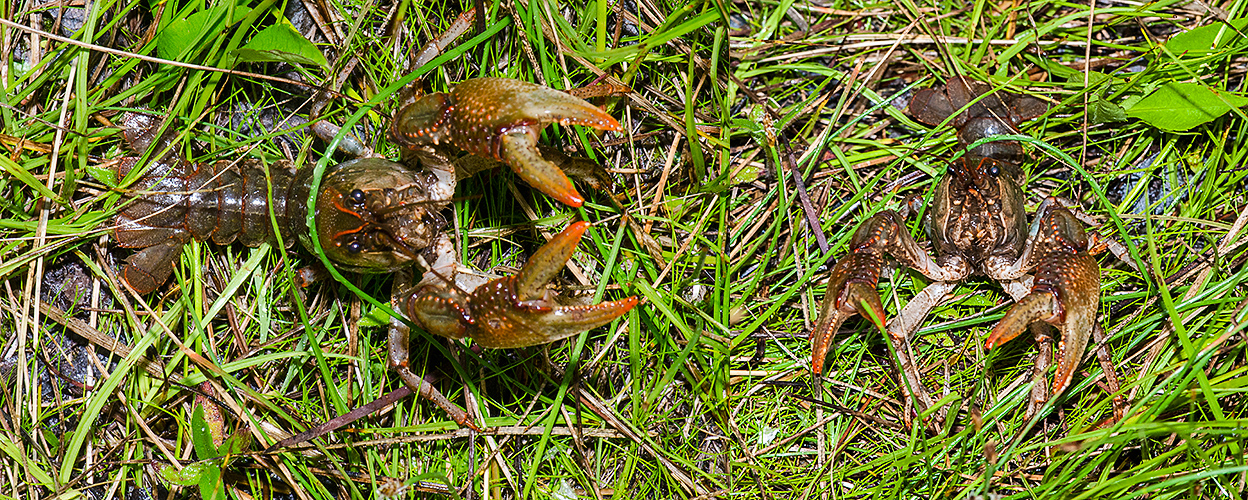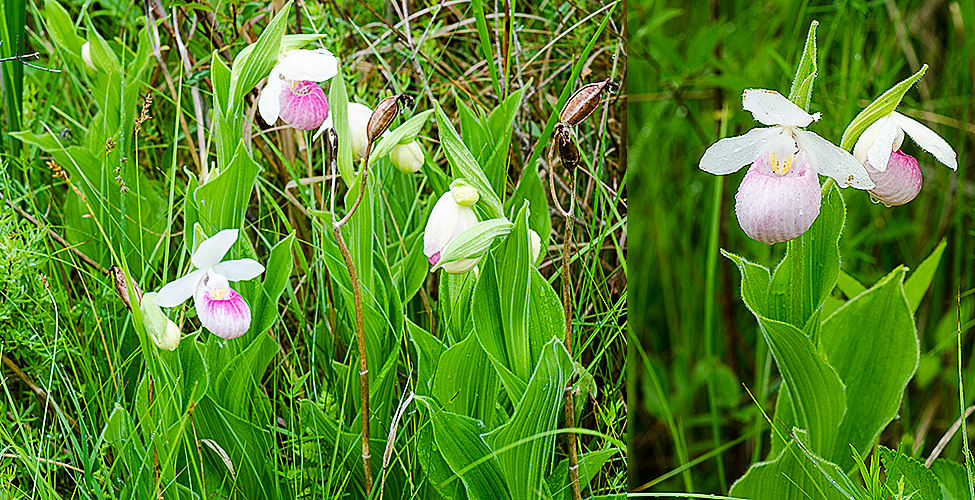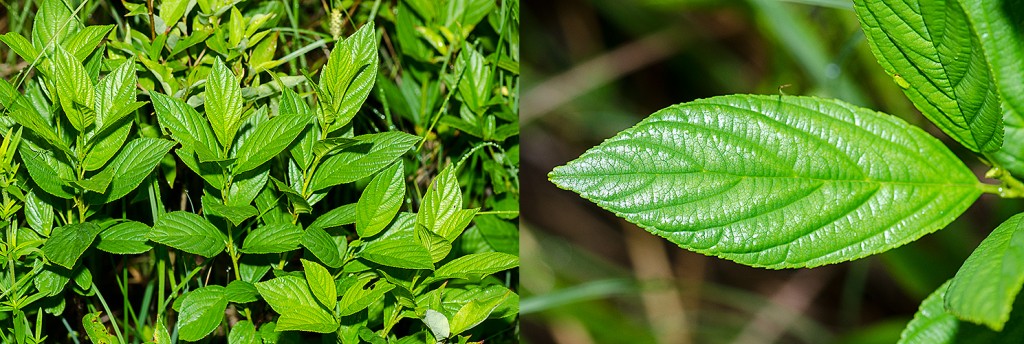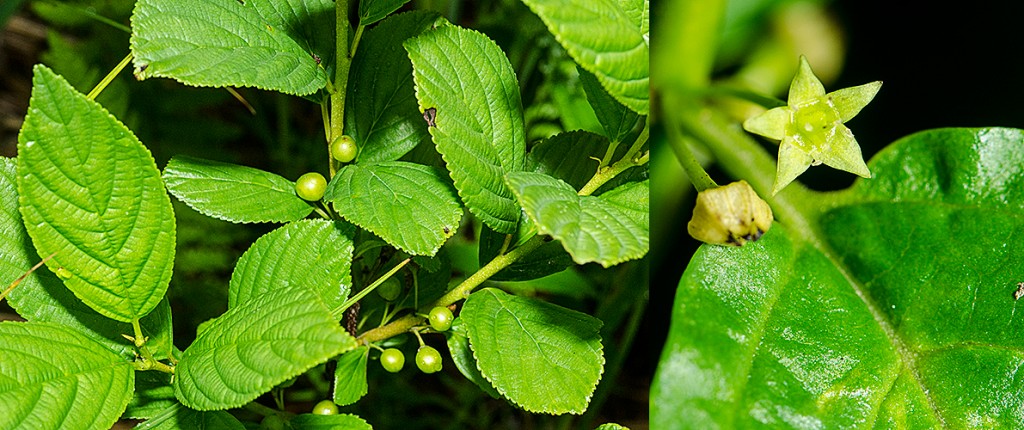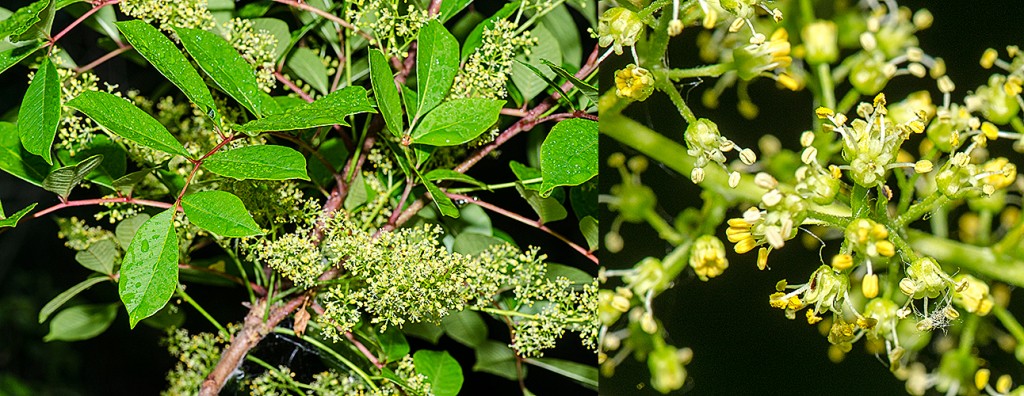Fens are fascinating. They are sedge peat areas with little, if any, standing water. Groundwater flows through a peat layer that is close to the surface. Less acid than a sphagnum bog, fens host a different community of plants and animals. Unfortunately, Glossy Buckthorn is invading many of our southeast Michigan fens. Recently we checked on a favorite fen, looking for invasive species. Thankfully, none were found but we had a reason to explore the fen for several hours.
Walking into the fen on a narrow trail Joyce came across a crayfish. It stood defiantly in the center of the trail, reared up on its tail, pincers waving, antennae flexing through the air. Joyce got her walking stick too close and the crayfish lunged at it. Joyce stepped over him and the crayfish spun to face me. I felt as if I was Tolkien’s Balrog facing a mini lobster Gandolf. “You cannot pass.” [Note: It is only in the movie that he says, “You shall not pass.”] As I stepped over him, he charged my boot. I looked back and he was still guarding his path.
Ninebark (Physocarpus opulifolius) flowered along the trail holding some of its flower clusters at shoulder height. Five-petaled flowers, lobed sepals united at their bases to form a calyx tube, and its many stamens tell me that this is a member of the Rose Family (Rosaceae). Half spherical clusters of white to pinkish flowers with petals dotted in black result in this being one of our showier native shrubs. Its exfoliating (separating into layers) bark is said to give rise to the common name although I have never seen one with nine layers. Another explanation is that it is a corruption of the German word “nein” meaning no. “No bark” better explains the look of this plant.
A Showy Lady-slipper (Cypripedium reginae) blossomed under a Ninebark. It is our largest native orchid and this plant stood 2 feet (.6m) tall. A pair of flowers topped the plant; one at its prime, emitting a faint vanilla scent, and the other fading. We saw approximately 150 plants. A few Lady-slippers were past flowering, 50 non-blooming, 50 flowering, and 40 in bud. It is a healthy population.
Our native Buckthorn, Alder-leaf Buckthorn (Rhamnus alnifolia) grew in two small colonies, one with three stems and the other with six. Alder-leaf Buckthorn seldom forms large stands and is not invasive like Glossy or European Buckthorn is. Toothed, strictly alternate leaves, with branches never tipped with spines, characterize Alder-leaf Buckthorn. This plant is seldom over 3 feet (1m) tall. I have seen plants cut and poisoned by over-zealous invasive species hunters. Anyone working to eradicate our invasive Buckthorns should learn to distinguish this native species.
Poison Sumac (Toxicodendron vernix) flowered in a low, wetter, section of the fen. Shiny leaflets, red petioles, and gray bark are characters of this tall shrub. Urushiol oil, the same oil as Poison Ivy has, is found in all parts of the plant and many people are allergic to it.
Fens are delicate environments and require monitoring for invasive threats. Monitoring provides a great excuse to spend a few hours poking around outdoors.
I later learned that Michigan has eight to ten species of crayfish and this one is a native named Paintedhand Mudbug (Cambarus polychromatus). Crayfish Ontario, part of the Bishops Mills Natural History Centre has a nice guide for Crayfish identification. Mael Glon from Ohio State University corrected an earlier misidentification of this crayfish. Checkout his Crayfishes of Michigan page. Thanks Mael.
Copyright 2015 by Donald Drife
Revised March 2018
Webpage Michigan Nature Guy
Follow MichiganNatureGuy on Facebook

